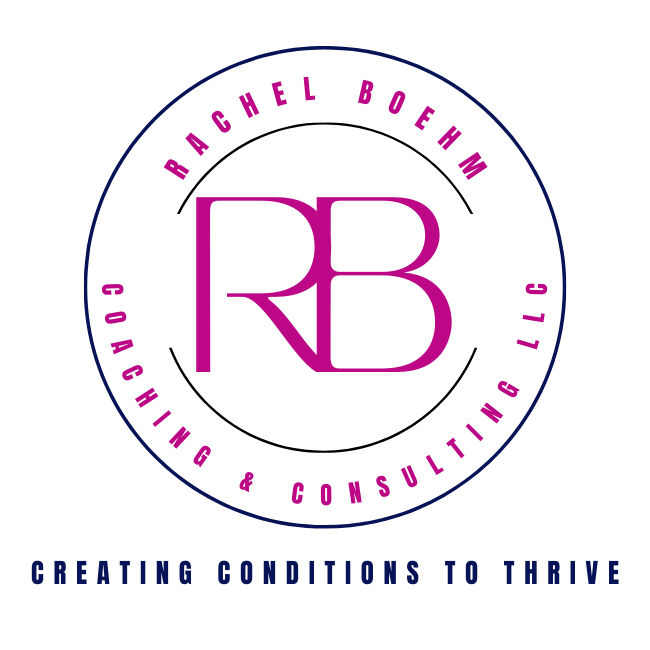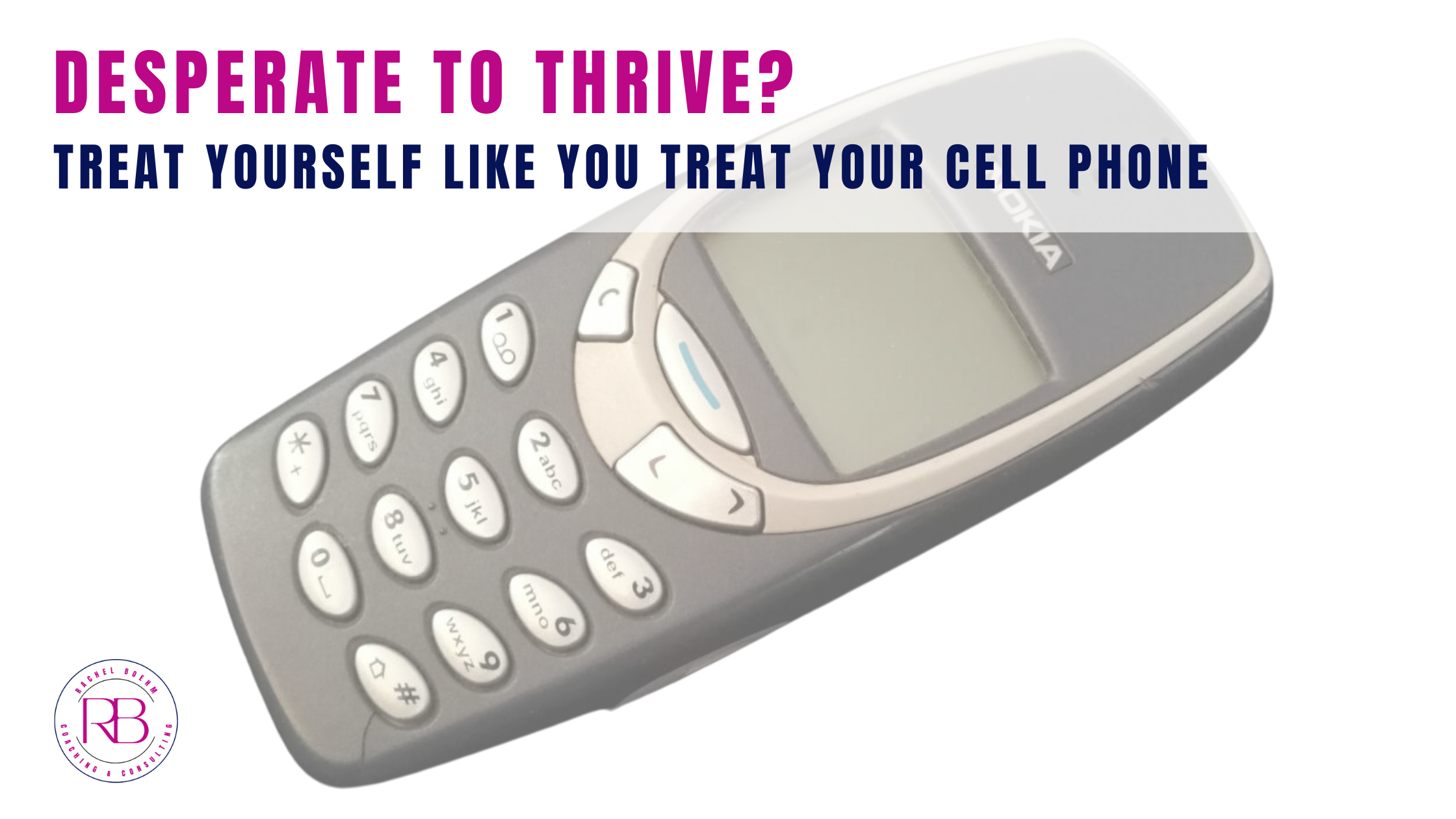Desperate to thrive? Treat yourself like you treat your cell phone
I will never forget the day I powered on my first cell phone. I was in college. It was a blue Nokia 3310. That’s what the AT&T salesperson recommended. Cell phones were still new, and clearly very new to me (it was my first after all), and we didn’t “Google things” back then to research a product well in advance so we could outsmart the salespeople. We said OK.
I powered it on. I called my parents, “Guess where I’m calling from?!”. I loved my phone! Freedom, connection, mental ease…Never again would someone not be able to reach me when it mattered. Never again would I not be able to reach someone when it mattered.
Nothing was wrong with the phone. Still, a couple of years later, I was eligible for an upgrade and I took it! I upgraded to the Motorola RAZR. It was slate grey and had a little pattern on it. I thought I was sooooo cool. I loved the act of flipping it to make a call. It too worked really well. I still loved my phone. And yet a few years later, I pounced on the email notifying me, “Congratulations, You’re eligible for an upgrade…”
I’m not alone. According to Nevis data published in 2022, 62 percent of smartphone users upgrade their phones every 3-4 years. And 20% upgrade their phone every year. Every year! Why? Many reasons.
Better battery, screen damage, staying on top of trends, better cameras and image features, the new phone is prettier, the old phone is slower, apps compatibility, or the old phone just no longer works.
Companies are counting on our thirst for new and better. They are constantly innovating. Any business practitioner or researcher (HBS, McKinsey, etc.) will tell you that innovation is critical for continued success.
We’re like phones. Sort of. Continued personal innovation is critical for our success.
YOU ARE LIKE A CELL PHONE
The challenges are that:
our brain doesn’t email us to say, “Congratulations, You’re eligible for an xn--upgrad
e...-2x6e.most of the “better you” tips and potions and blogs (I’m guilty of this too) aren’t talking to you about innovating yourself. They’re talking to you about less sexy sounding things like “burnout” and “stress” and “overwhelm” and “exhaustion” and “weight loss” an
d “diet”…
We position the message like it’s a chore instead of creative and aspirational. So let’s change that.
1. What if your brain COULD send you an email reminding you to upgrade? Many email platforms have a schedule send feature or extension.
Right now, you could write your future self an email saying, “Hey self, it’s a new year, time to reflect on what’s working, what’s not, and what we want to level up to this year. How can we work even better? What do we need to upgrade?”
Schedule it to arrive in your inbox on Dec. 20th to give you time to think it through and put your innovation plan in place. Adjust the delivery date as needed for you. Factor in any procrastination you might perform too… ;)
2. What if you changed the way you talked to yourself and others about your action and outcome goals? What if instead of thinking that you have to “start exercising” or you need to “stick to my diet” or “do something to be less stressed”, you reframed the conversation?
“I am tweaking the way I work so I can have the best experience possible. So I can perform better personally and professionally.”
WHAT YOU GAIN FROM PERSONAL INNOVATION
If product innovation provides a competitive advantage, dives business growth, keeps your customers happy, and attracts new customers, personal innovation provides you with a competitive innovation, drives personal and professional growth, and keeps yourself and your connections happy. Those connections are YOURSELF, your family, friends, colleagues, clients, barista, etc. And yes, by becoming the most awesome version of yourself, you will attract new connections.
HOW TO INNOVATE YOURSELF
The BLUF: Ask questions about yourself and your life. Discover what’s working and do more of that in pursuit of your larger life vision. Think of yourself and your life like an experiment, get creative, have fun, and continue to ask yourself, “Ok, what’s next? How can I be 1% better at…”.
Here are a few questions to get you going.
Step 1) What are you known for? What do you want to be known for? What are your strengths? What is your life vision? So you have one?
Step 2) Who and what are your priorities? If you’re in business, it’s like thinking about your best customers. The ones you definitely want to keep around and continue to serve. Include yourself on the list. What feedback have you received from your connections? From your body, your mind? What people, hobbies, and routines do you want to prioritize in your life?
Step 3) How’s that going for you? What’s working? What’s not working? Is there a problem to solve or something that can simply be better?
Step 4) Some people have more success focusing on what’s working and trying to do more of that, which inches out the stuff that isn’t working. Others have more success focusing on “fixing” what’s not working. Experiment so you know which type you are. Then take action.
This is where personalized coaching really comes in handy because this is as far as I can go without knowing who you are, what you want, and what your resistance to change is. But hopefully, it’s enough to get you thinking.
While you might be like the 60% of people who upgrade their phones every 3 to 4 years, when it comes to yourself, aim to act more like the 20% who upgrade every year.
Like tech and other products (I mean how many flavors and sizes of the same cereal do we really need…?) you and the world around you are constantly changing. You need to innovate not only to keep up but to get ahead.


